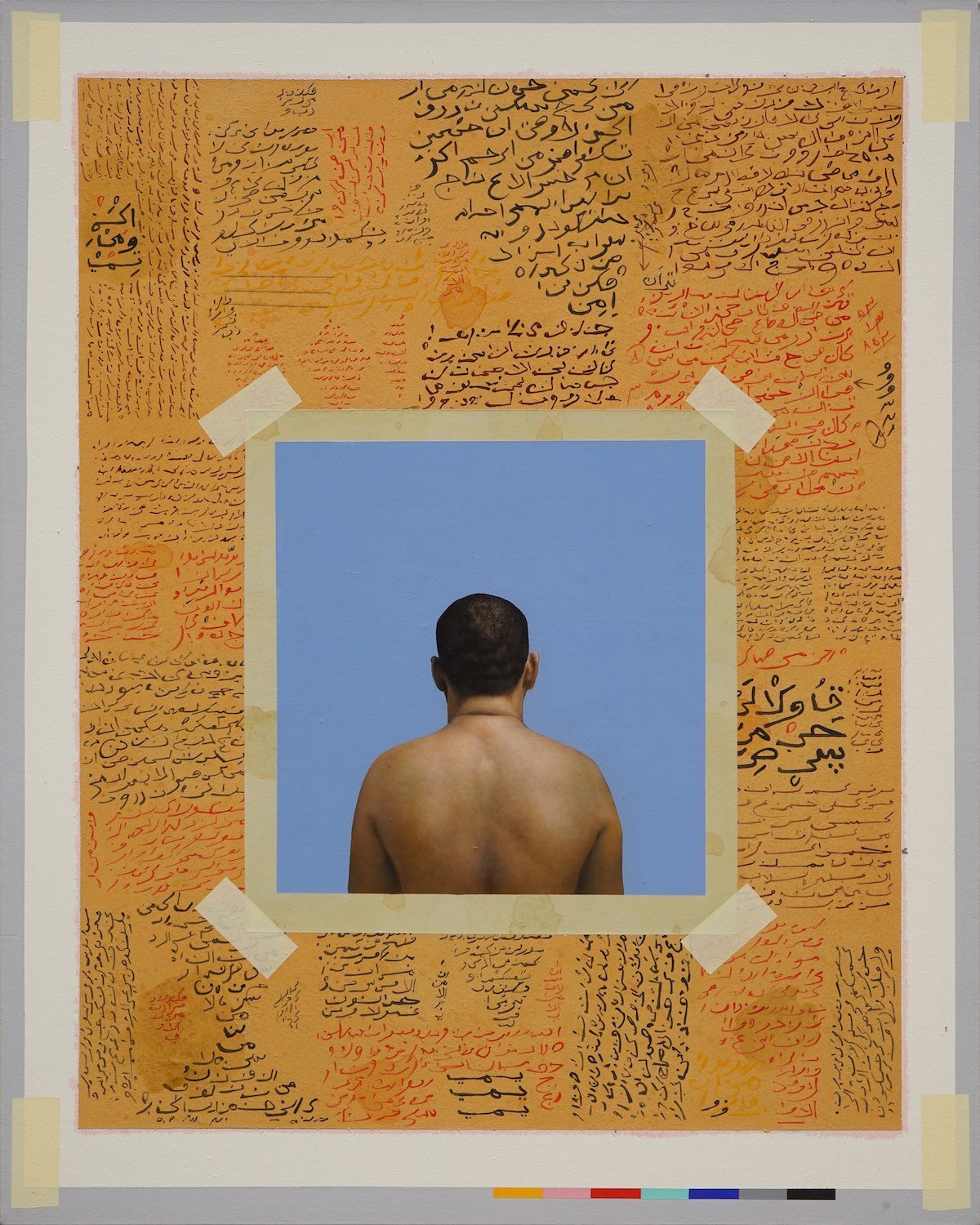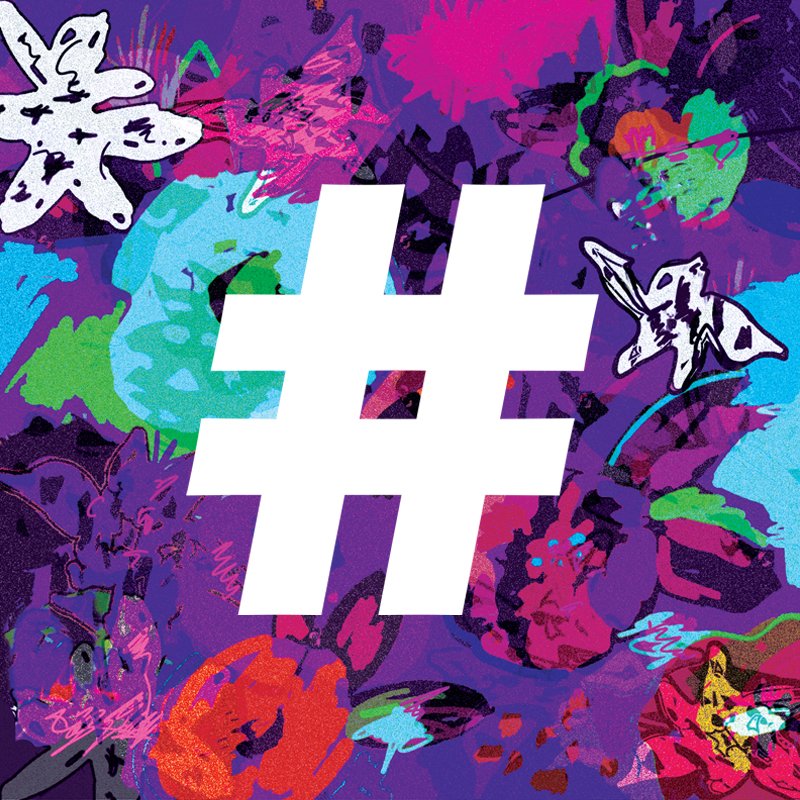Special Projects at ARTJOG 2019
Featuring Handiwirman, Riri Riza and Teguh Ostenrik, amongst others
By A&M
Every year, a myriad of ideas and thoughts from different artists come together to be a part of ARTJOG, a contemporary art event celebrating the different forms of art. The 12th edition will run for a month from 25 July to 25 August 2019, with an aim to re-brand itself as the Yogyakarta International Contemporary Arts Festival.
The Jogja National Museum, commonly referred to as JNM, is a three-storey building located in the Gampingan, Wirobrajan district of Yogyakarta. It was once the campus building of the Indonesian Fine Arts Academy (ASRI). ARTJOG was initially held every year at the Yogyakarta Cultural Park, but moved to JNM in 2016. The theme for ARTJOG is “Arts in Common”, derived from the belief that artistic expression is a manifestation of individual creativity. It is set to remain with ARTJOG for future editions until 2021, with sub-themes framing each year’s edition. For 2019, the sub-theme is “common|space”.
46 artists from different countries around the world will be showcasing their works in ARTJOG 2019. Open calls for ARTJOG are held at the start of every year and is open to members of the public. In addition, this year, ARTJOG 2019 curators Agung Hujatnika and Ignatia Nilu have commissioned special projects from five Indonesian artists: Handiwirman, Riri Riza, Teguh Ostenrik, Sunaryo, and Piramida Gerilya. The artworks featured in this segment relate to people’s roles in society, as well as their thoughts and behaviour.
Handiwirman
Handiwirman Saputra, ‘Taman Organik Oh Plastik’ (work in progress), 2019, mixed media and objects, dimensions variable. Image courtesy of Jogja National Museum.
Handiwirman’s ‘Taman Organik Oh Plastik’ is an installation piece made from everyday objects that people would usually regard as trash. Speaking about their artistic value, Handiwirman says, “I actually look at them the same way everybody does. In a way, we are the ones who give these objects their value. Plastic, for example, when used wisely, can be turned into beautiful and useful things.”
Riri Riza
Riri Riza, in collaboration with Studio Batu, ‘Humba Dreams (Un)Exposed’, 2019, sculpture, video, soundscape, metal (tentative), media projection: white cloth. Full media projection with diameter 640cm. 3 sculptures, each 60 x 90cm. Image courtesy of Miles Films.
‘Humba’ is a mixed media sculpture and video installation by filmmaker-cum-artist Riri Riza. This short film is about the people of Sumba, an island in eastern Indonesia, and their cultural beliefs in the Marapu religion, which places emphasis on forming harmonious relationships between the spiritual and human worlds. To keep the world balanced, ceremonies and sacrifices are held to appease the spirits, and funerals are fancy and expensive. When Riza and his producer, Mira Lesmana, were writing the film’s script, they discovered that the Sumbanese people also face a number of hardships such as displacement, improper waste management, a poor economy, and so on. “I hope after viewing my work, people will start to pay more attention to this island, and may even pay it a visit,” the artist says.
Sunaryo
Sunaryo, ‘Lawangkala’, 2018, bamboo, daluang paper, and video projection, variable dimensions. Image courtesy of Selasar Sunaryo Art Space and Jogja National Museum.
There is also Sunaryo’s ‘Bubu Waktu’, a massive fish trap-shaped installation that will be displayed towards the end of the exhibition. ‘Bubu’ is the term for Indonesian traditional fish traps made of bamboo, which is the main material used in this installation, while ‘waktu’ means time. According to Sunaryo, the artwork functions as “a trap of time”. When visitors walk through the bamboo, they will see mirrors and hear sounds of the water. “I hope that humans will be more aware of themselves in relation to space and time,” he says. “They are infinite, while we humans pale in comparison to them. We are transient through space and time and will eventually vanish while they still remain, and this is why my installation takes the shape of the ‘bubu’ to better express this sentiment.”
Piramida Gerilya: Indieguerillas and Singgih S. Kartono of the Spedagi Movement
Piramida Gerilya, ‘Murakabi’, 2019, mixed media installation, dimensions variable. Image courtesy of Jogja National Museum.
For another special project, artist duo Indieguerillas and Singgih S. Kartono of the Spedagi Movement have come together under Piramida Gerilya to present ‘Murakabi’, an installation work to bring ‘gotong royong’, or working together, back and strengthen its roots within the Indonesian community. The traditional value of ‘gotong royong’ is a prevalent aspect of the Indonesian society, and it has been taught and preserved for many generations.
‘Murakabi’ is presented as a small stall or a ‘warung’ in Javanese as a means to show the stark differences in the interaction between vendors and customers in warungs and modern retail stores. In a regular retail store today, interaction between the two are mostly purely business-like, whereas in a ‘warung’, vendors and customers are more likely to develop friendships. “We believe economic and technological developments are important to society, but art and culture are just as important,” says Piramida Gerilya. “With ‘Murakabi’, we hope it will help reinforce traditional and positive values such as ‘gotong royong’ among the Indonesian community.”
Teguh Ostenrik
Teguh Ostenrik, ‘Domus Longus’, 2015, steel, 900 x 600 x 400cm. Image courtesy of Jogja National Museum.
‘Daun Khatulistiwa’, which translates into ‘equator leaf’ in English, is a teak leaf-shaped installation created by Teguh Ostenrik. “I chose to shape my installation this way as teak is a tropical hardwood species native to South and Southeast Asia, mainly Sri Lanka, Indonesia, India, and so on,” says Ostenrik. “Coral reefs and leaves have quite a lot in common. Both play a part in the oxygen cycle, which contributes to the air we breathe. Both are also food sources for other living things. Coral reefs provide shelter to a number of sea creatures, in the same way the leaves on a tree provide shade from the sun, and teak leaves have a number of medicinal and culinary uses.”
Indonesia is one of six countries located in the Coral Triangle, a marine area in the Western Pacific Ocean. About 120 million people depend on the waters to survive. Ostenrik created this installation after he observed how the actions of man have badly impacted nature. It carries the message of preserving Indonesia’s natural habitat, especially its marine life. The installation has a dome space for visitors to walk through and interact with the artwork. Upon entering, visitors can experience for themselves the beauty of the underwater world through sight and sound.
Ostenrik hopes this artwork will encourage people to put effort into being kind to nature. After ARTJOG, Ostenrik will send ‘Daun Khatulistiwa’ to the waters to become new homes for coral reefs to thrive, in a demonstration of how art can have a real and positive impact on the environment.
For more information, visit ARTJOG 2019’s website here.

















